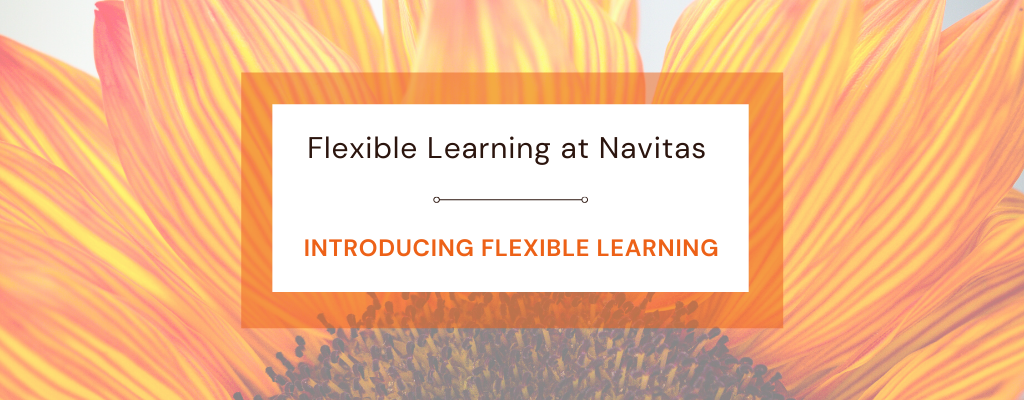Introducing Flexible Learning

Students increasingly need (and expect) to have flexibility in the way they learn. The Navitas University Partnerships Australasia (UPA) division has taken action to ensure we can meet the needs of our future students.
In order to offer students genuine versatility in their learning experience and minimise disruptions to classes restricted to on-campus learning, Navitas UPA Colleges initiated the implementation of Flexible Learning in 2020, providing students with a newfound freedom in learning.
Flexible Learning
Flexible Learning is a contemporary approach to designing and delivering courses in multiple modes. It is a design model that allows flexibility for students to attend classes face-to-face on campus, online synchronously* via videoconferencing, or asynchronously** through equivalent learning activities. Flexible pathways are offered through technologically enhanced educational approaches to maximise equivalence and access to learning.
Flexible Learning was inspired by Dr Brian Beatty’s HyFlex model. Theoretical underpinnings of the Flexible Learning model include the Community of Inquiry Framework, Universal Design for Learning (UDL), Bergmann’s Flipped Learning, Siemens’s Connectivism, Knowles’s Social Constructivism, Minimum Online Standards, Quality Matters and ACODE.
The five core principles of Flexible Learning are:
Flexible Learning provides a practical solution for developing engaging learning experiences across both face-to-face and online delivery modes. It empowers students within the context of a single offering to self-select and adjust their preferred learning mode where applicable, moving beyond a predetermined hard line between on-campus and online study, re-imagining the educational experience. Students are afforded opportunities to actively collaborate, communicate and connect with fellow classmates from all learning paths, while learning outcomes remain the same across all modes of study.
Click the following links to read more about the Navitas Flexible Learning Project and the Flexible Learning Design Program.
For more information on Flexible Learning contact Navitas Learning and Teaching Services (UPA): learningandteaching@navitas.com
*Synchronous: learning delivery modes occurring at the same time, on-campus or online
**Asynchronous: learning delivery modes occurring at different times
